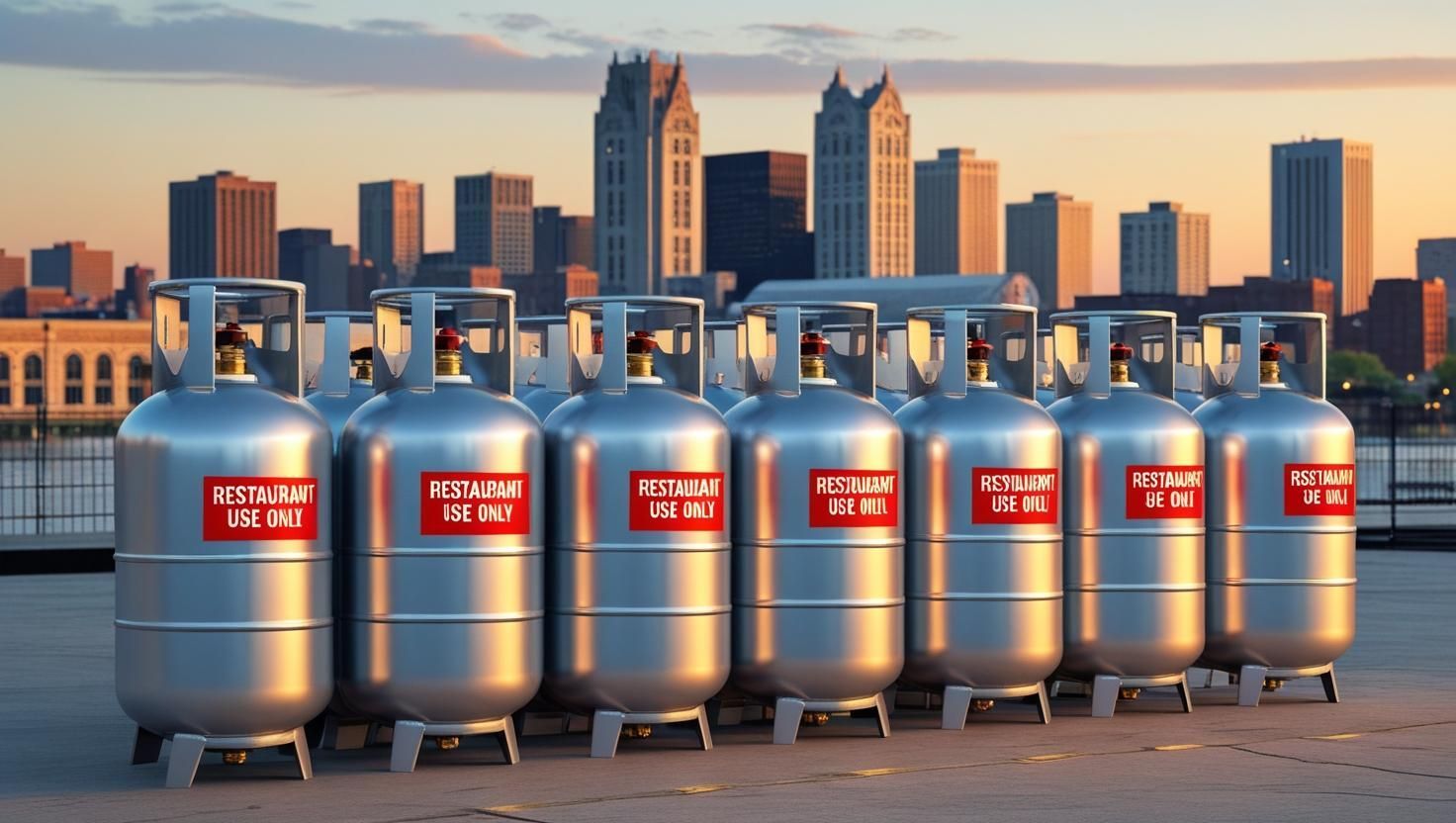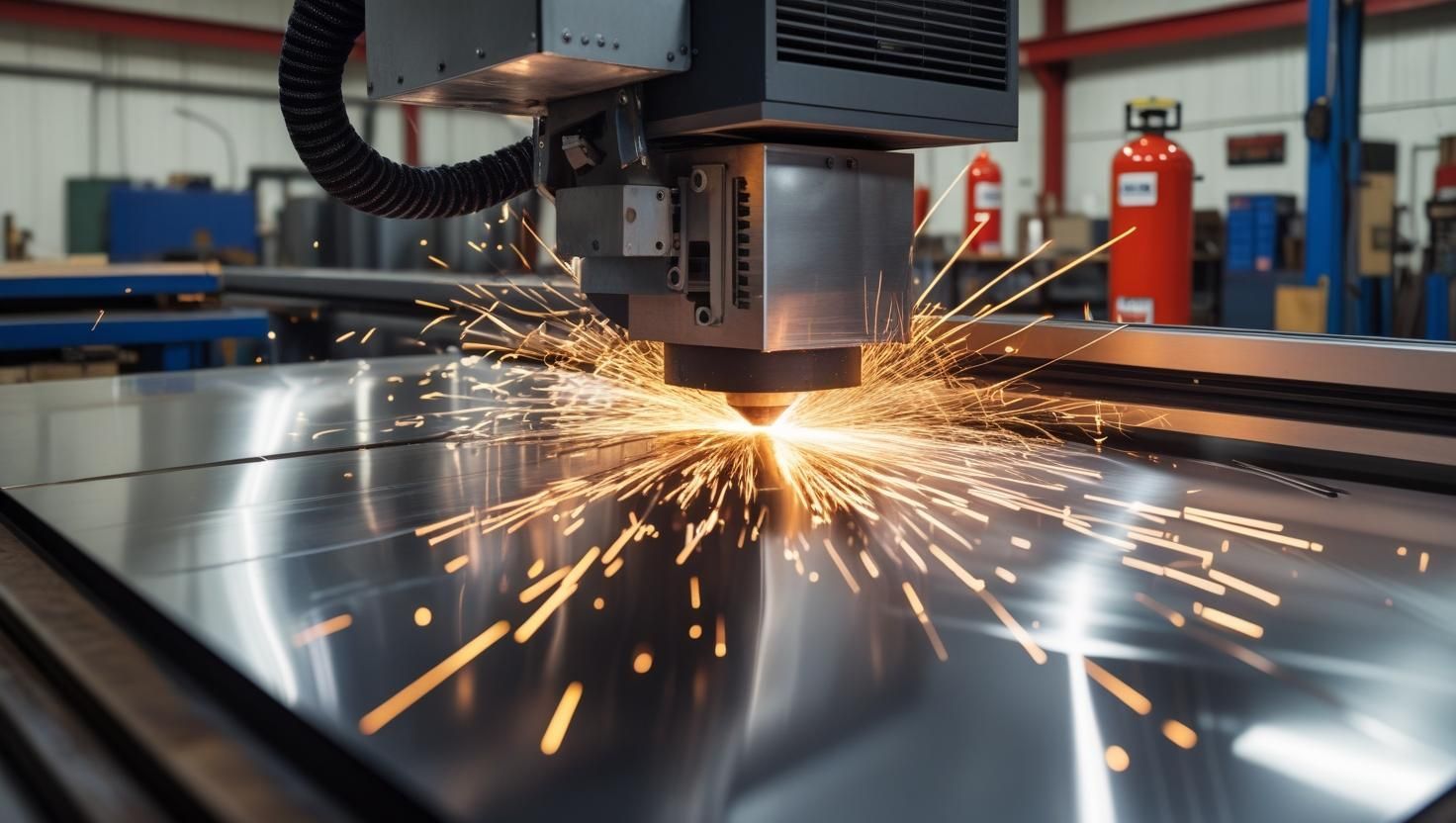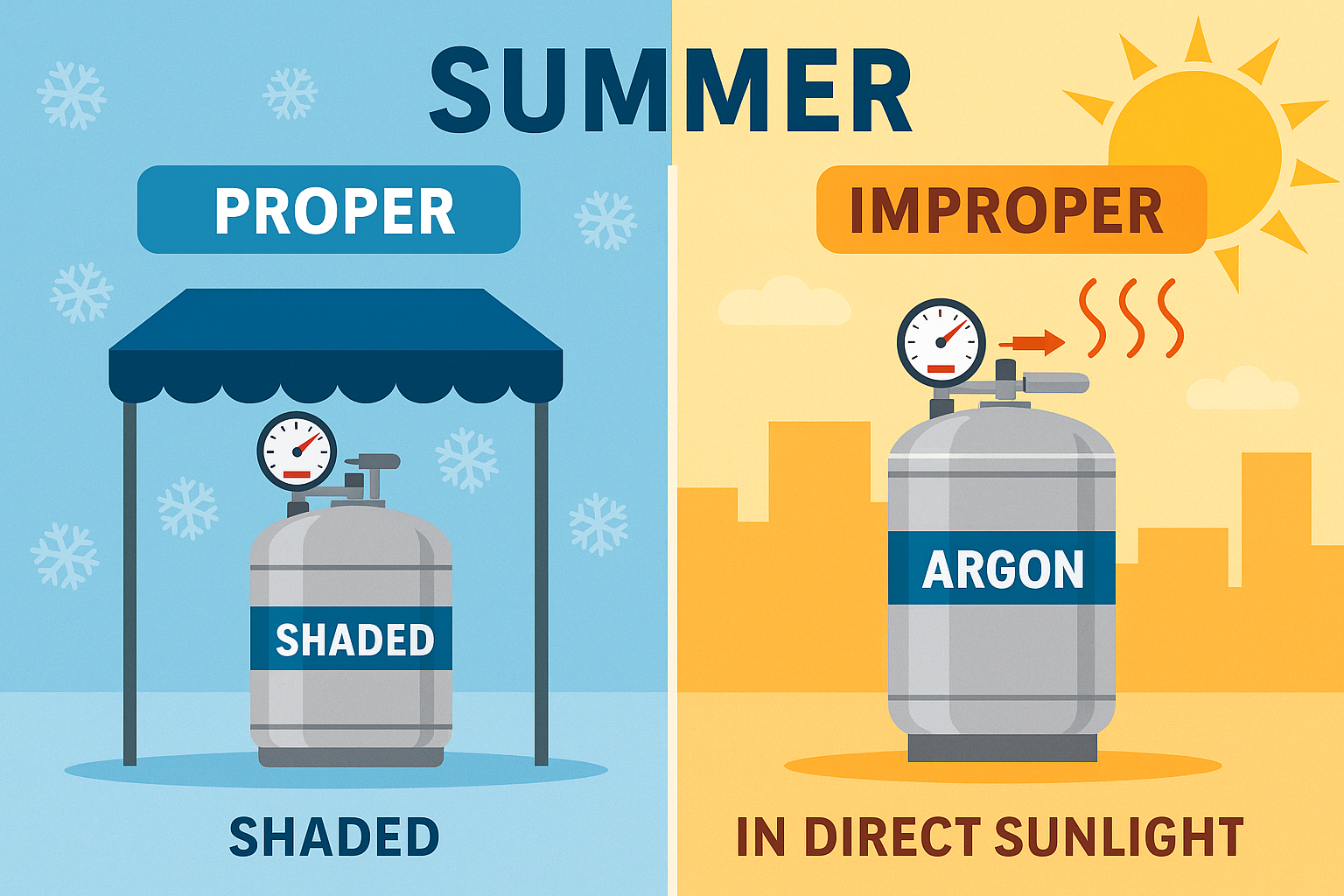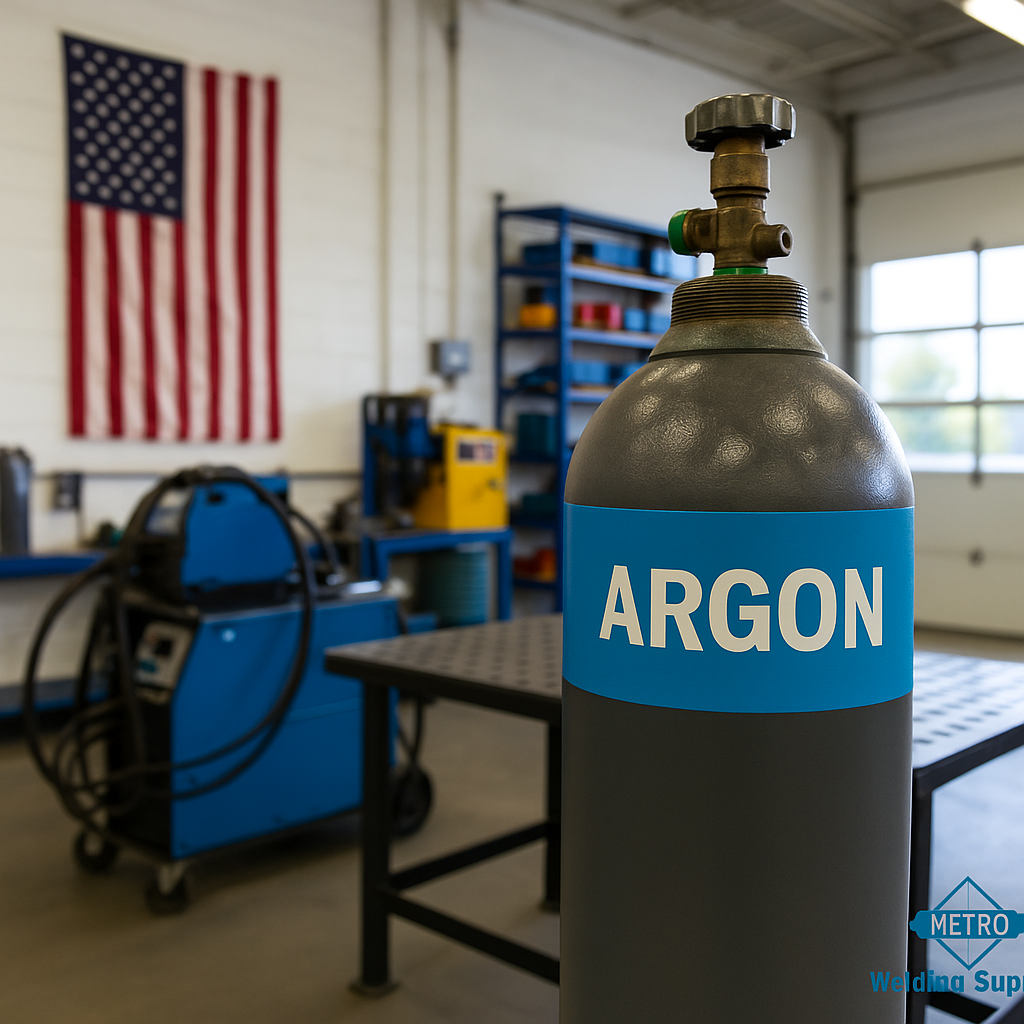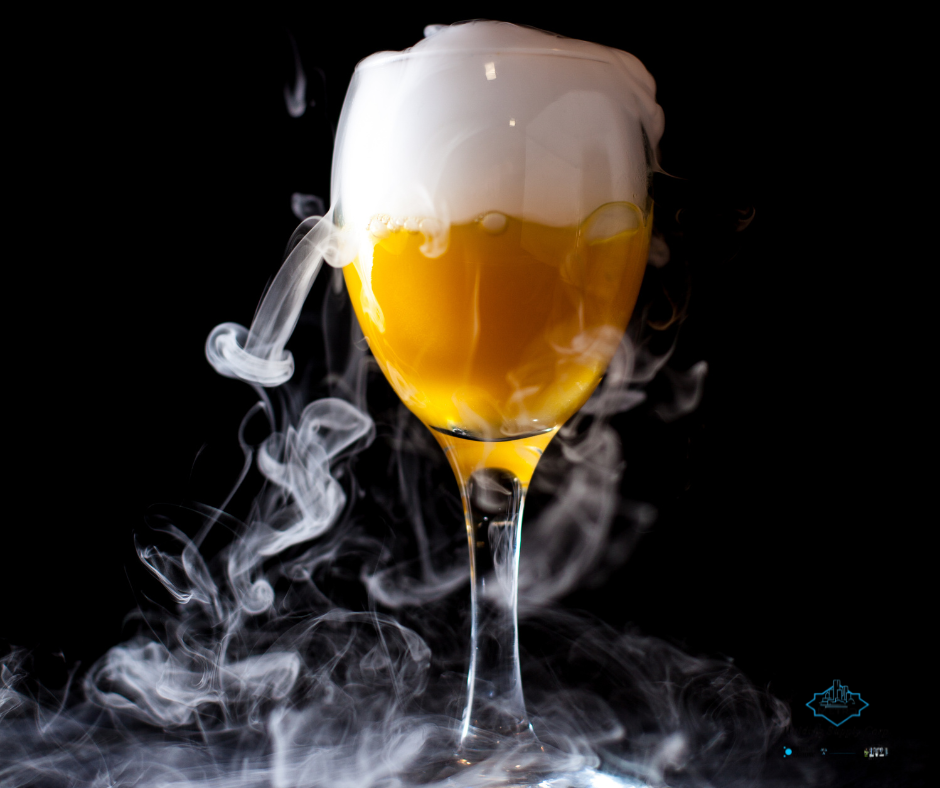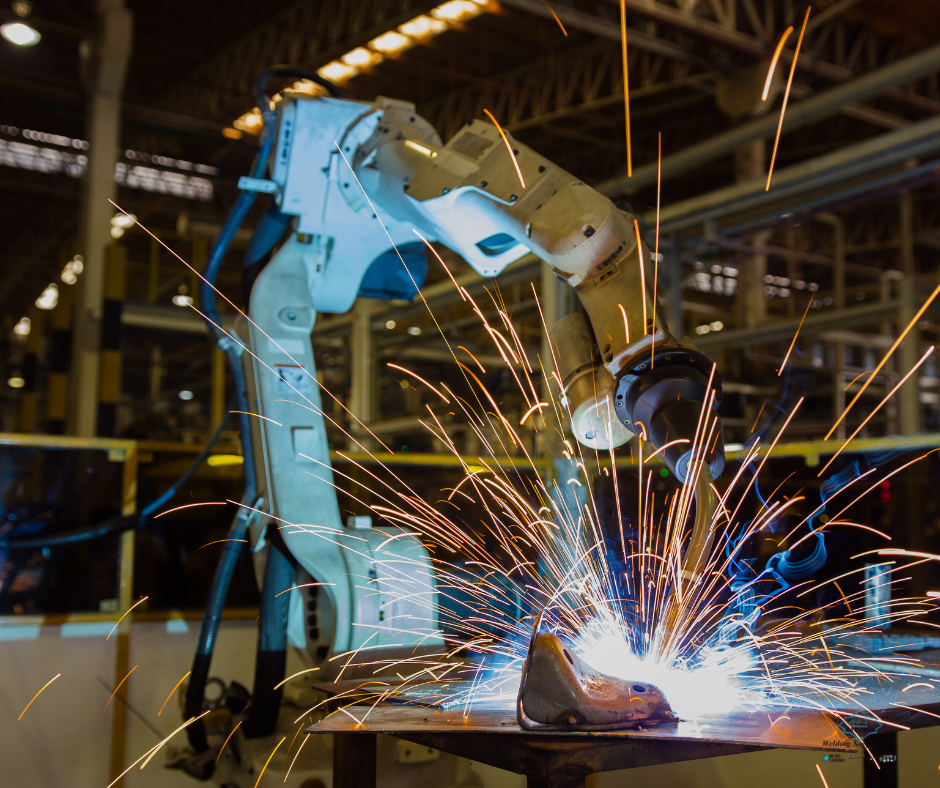How to Balance Your Pool’s pH With CO2 – Eco-Friendly Solutions for Sustainable Pool Care
A Smarter, Safer, and More Sustainable Approach to Pool Maintenance
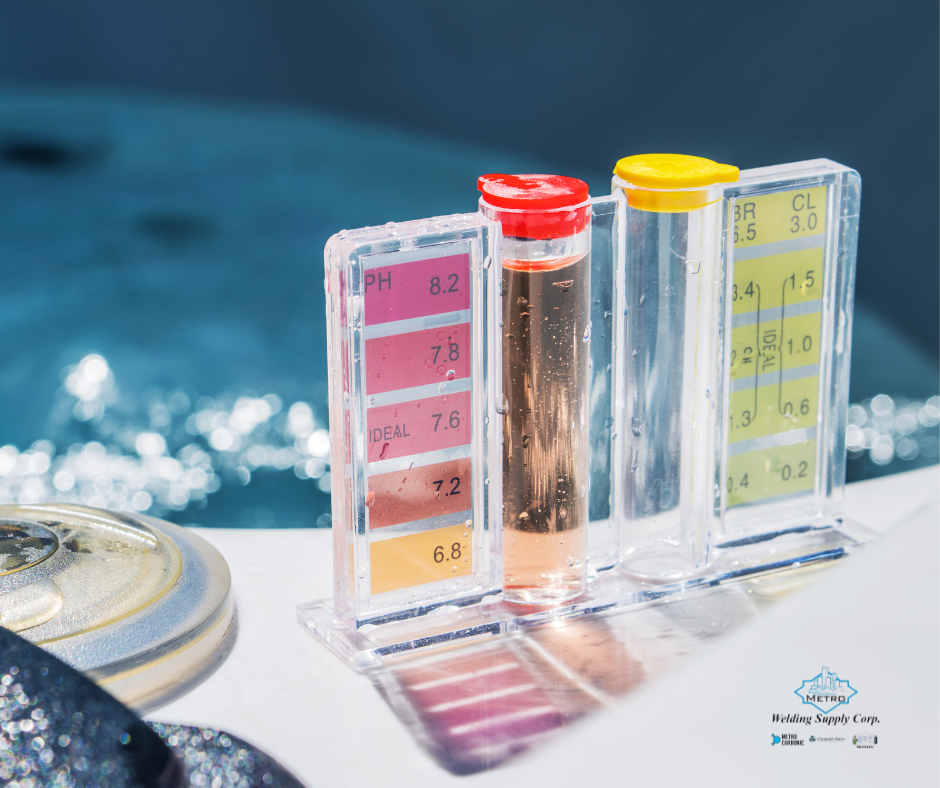
For decades, pool owners have struggled with pH fluctuations, constantly adding harsh chemicals like muriatic acid or sodium bisulfate to maintain water balance. But what if there was a better, safer, and more environmentally friendly solution? CO2 injection offers a game-changing approach to pool pH control, reducing chemical dependency, improving water quality, and simplifying maintenance.
Maintaining the proper pH balance in your pool is essential for water quality, swimmer comfort, and equipment longevity. Traditional acid-based treatments require frequent manual adjustments and can cause alkalinity swings, leading to unstable water chemistry. CO2, on the other hand, lowers pH naturally by forming carbonic acid in water, creating a stable and automated solution that integrates seamlessly with modern pool automation systems.
Whether you manage a residential pool or a high-traffic commercial facility, switching to CO2 can streamline maintenance, improve water quality, and contribute to a more sustainable pool care routine.
In this article, we’ll explore how CO2 helps balance pool pH, its benefits, and how to integrate it into your pool maintenance routine.
Key Takeaways
- pH balance is critical for water safety, equipment protection, and swimmer comfort.
- CO2 injection lowers pH naturally without overcorrecting alkalinity.
- Regular monitoring ensures accurate pH adjustments and prevents imbalances.
- CO2 is an eco-friendly solution that reduces reliance on chemical acids.
- Reliable CO2 suppliers provide high-quality gas and support for consistent maintenance.
Understanding pH Levels in Your Pool
pH is one of the most important factors in maintaining a healthy and well-balanced swimming pool. It measures the acidity or alkalinity of water on a 0-14 scale, with 7 being neutral. In pool maintenance, a pH level of 7.4 to 7.6 is considered ideal, as it closely matches the pH of human tears, minimizing eye and skin irritation for swimmers.
When pH levels drift too high (above 7.8), the water can become cloudy, chlorine loses its effectiveness, and scale buildup can form on pool surfaces and equipment. On the other hand, if pH drops too low (below 7.2), the water can become corrosive, damaging pool components like pumps, filters, and heating systems. This imbalance also increases irritation to swimmers' skin and eyes.
Regular pH testing and adjustments using CO2 or chemical acids help maintain optimal water chemistry, ensuring your pool remains safe, comfortable, and efficient.
pH measures how acidic or basic your pool water is, with a scale from 0 to 14. A pH of 7.4 to 7.6 is ideal for balanced water chemistry. Maintaining the correct pH:
- Prevents eye and skin irritation for swimmers.
- Enhances the effectiveness of chlorine for disinfection.
- Protects pool surfaces and equipment from corrosion or scaling.
Common Causes of pH Imbalance
Several factors can cause
pH fluctuations in pool water:
| Factor | Impact on pH |
|---|---|
| High alkalinity | Makes pH harder to lower |
| Low alkalinity | Causes pH to swing rapidly |
| Swimmer activity | Introduces contaminants that raise pH |
| Rainwater | Can dilute chemicals and lower pH |
| Outgassing of CO2 | Increases pH naturally over time |
| Use of chlorine | Some chlorine products (e.g., cal hypo) raise pH |
CO2 counteracts pH drift by reintroducing carbonic acid into the water, maintaining a stable balance.
The Role of CO2 in pH Control
CO2 injection is an efficient and natural way to regulate pH levels in swimming pools. When CO2 dissolves in water, it reacts to form carbonic acid (H2CO3), which gently lowers pH without significantly altering alkalinity. This makes it a more stable and predictable method of pH control compared to traditional acids, such as muriatic acid or sodium bisulfate, which can cause sudden drops in alkalinity.
Another key advantage of CO2 is that it integrates seamlessly with automated pool control systems. Many commercial and high-end residential pools use CO2-based pH control to maintain precise and consistent water chemistry without the need for frequent manual adjustments. Because CO2 does not introduce additional dissolved solids into the water, it helps prevent scaling, staining, and unnecessary chemical buildup.
This method is particularly useful for pools with high swimmer loads, as increased aeration and bather activity tend to naturally raise pH over time. CO2 injection counteracts this effect, ensuring a balanced and enjoyable swimming experience.
CO2 helps control pH by forming carbonic acid when dissolved in water:
- CO2 + H2O → H2CO3 (Carbonic Acid)
- H2CO3 dissociates into hydrogen (H⁺) ions, lowering pH.
- Unlike chemical acids, CO2 does not significantly affect alkalinity, making it a gentler and more stable option.
Using CO2 injection in pool systems provides:
- Consistent pH control without overcorrecting alkalinity.
- Fewer chemical adjustments, reducing maintenance time.
- A safer alternative to handling liquid acids like muriatic acid.
The Benefits of Using CO2 for Pool pH Control
Switching to CO2 for pH control offers multiple advantages over traditional acid-based treatments. One of the biggest benefits is safety—unlike muriatic acid, CO2 is non-corrosive and does not emit dangerous fumes that can irritate the eyes and respiratory system. This makes it easier to handle and store, particularly for residential pool owners or commercial pool operators looking to improve workplace safety.
CO2 is also a cost-effective solution in the long run. Although the initial system setup may require an investment in a CO2 injection system, the operating costs are often lower than traditional acid-based treatments due to its efficiency and reduced chemical demand.
Additionally, CO2 contributes to more sustainable pool management by minimizing chemical waste and reducing the need for frequent water balancing adjustments. Because CO2 does not significantly reduce alkalinity, it prevents pH instability, helping pool owners save money on buffering chemicals like sodium bicarbonate. This makes CO2 an ideal choice for eco-conscious pool maintenance.
Advantages Over Traditional Chemical Methods
Traditional acidic chemicals lower pH but also reduce alkalinity, which can lead to instability. CO2 lowers pH without depleting alkalinity, resulting in:
- More stable pH levels
- Less frequent adjustments
- Safer handling—no hazardous fumes or spills
Eco-Friendly and Cost-Effective Pool Maintenance
CO2 is a sustainable alternative that reduces reliance on harsh acids, making pool maintenance:
- Safer for staff and swimmers.
- Better for the environment, with fewer chemical byproducts.
- Cost-effective, as bulk CO2 storage reduces long-term expenses.
How to Balance Your Pool's pH With CO2
Balancing your pool’s pH with CO2 involves a few key steps to ensure consistent and effective results. The first step is installing a CO2 injection system, which includes a CO2 tank, regulator, solenoid valve, and diffuser. These components work together to introduce controlled amounts of CO2 into the water, gradually lowering the pH to optimal levels.
After installation, it's essential to regularly monitor pH levels to ensure that the system is working properly. Many pool automation systems include built-in pH sensors, which can be programmed to automatically adjust CO2 injection based on real-time readings. This ensures a stable and hassle-free pH management process.
For pools without automation, manual monitoring is required. Pool operators should test pH levels daily and adjust CO2 flow rates as needed to keep the water within the ideal 7.4-7.6 range. By fine-tuning CO2 input, pool owners can eliminate pH fluctuations and maintain a consistent, swimmer-friendly environment.
Step-by-Step Guide to CO2 Injection
1️⃣ Install a CO2 Injection System
- Ensure your system includes a CO2 tank, regulator, solenoid valve, and diffuser.
- Connect the system to the pool’s return line or dedicated injector.
2️⃣ Set Up pH Monitoring
- Use digital pH meters to monitor levels daily.
- Ideal pH range: 7.4 – 7.6.
3️⃣ Adjust CO2 Flow Rate
- Fine-tune CO2 injection to maintain stable pH.
- Avoid overuse to prevent excessive carbonic acid buildup.
4️⃣ Schedule Routine Maintenance
- Inspect CO2 tanks weekly.
- Check for leaks and ensure steady gas flow.
Monitoring pH After CO2 Application
Monitoring pH levels after CO2 application is crucial to ensuring your pool water remains balanced and stable. Since CO2 lowers pH gradually, it is important to track trends over time rather than expecting an immediate correction.
Daily pH testing should be performed using a digital pH meter or liquid reagent test kit. Automated pH control systems can adjust CO2 injection in real-time, preventing overcorrection or under-adjustment. If your pool does not have an automated system, make small, incremental CO2 adjustments and observe the effects over several hours before making further changes.
Additionally, it is essential to monitor alkalinity levels (recommended 80-120 ppm) alongside pH. While CO2 does not significantly impact alkalinity, high or low alkalinity can influence pH stability. Keeping alkalinity within the correct range will ensure CO2 works efficiently and effectively.
For commercial pools, logging pH readings in a maintenance record can help track patterns and optimize CO2 dosing based on seasonal changes, water temperature, and bather load.
To keep water chemistry stable, monitor these key factors:
| Parameter | Action | Example |
|---|---|---|
| pH Level | Test daily | 7.4 – 7.6 range |
| CO2 Injection Rate | Adjust as needed | Increase or decrease flow |
| Alkalinity | Test weekly | Maintain 80–120 ppm |
Regular monitoring ensures efficient CO2 usage and prevents pH spikes.
Recommended Frequency for CO2 Refills
The frequency of CO2 refills depends on several factors, including pool size, bather load, and CO2 injection rate. A small residential pool may only require monthly CO2 refills, while a large commercial pool with heavy usage may need weekly refills.
Pool operators should monitor CO2 tank levels regularly and set up a refill schedule based on historical usage. Many CO2 systems include pressure gauges, which indicate remaining gas levels. Refilling before the tank runs empty prevents unexpected pH fluctuations and keeps water chemistry stable.
If you suddenly notice a faster depletion of CO2, check for leaks in tubing or connections, as small leaks can increase gas consumption and disrupt pH stability. Additionally, colder temperatures can affect CO2 pressure, so it’s important to store CO2 tanks in a temperature-controlled environment.
Working with a reliable CO2 supplier can help ensure timely deliveries, preventing pool downtime and maintaining crystal-clear water year-round.
| Task | Frequency | Purpose |
|---|---|---|
| CO2 Tank Refill | Weekly to Monthly (varies by pool size) | Prevents supply shortages |
| Sensor Calibration | Weekly | Ensures accurate pH readings |
| System Inspection | Monthly | Checks for leaks and blockages |
| Regulator & Tubing Check | Quarterly | Prevents malfunctions and wear |
By keeping a consistent refill and maintenance schedule, you can avoid downtime and maintain water clarity.
Finding the Best CO2 Supplier
A reliable CO2 supplier ensures:
- High-purity CO2 for pool use
- Consistent delivery schedules to prevent shortages
- Responsive customer support for troubleshooting.
Key Features to Look For
✅
Certified food-grade CO2 for water applications.
✅
Bulk supply options for commercial pools.
✅
Delivery and refill support to maintain steady operation.
Michigan residents can find trusted CO2 suppliers by searching for welding and industrial gas distributors, many of which also serve pool maintenance businesses.
Eco-Friendly Pool Maintenance Solutions
Combining CO2 injection with other sustainable practices improves overall pool care:
- Saltwater chlorination reduces chemical use.
- Automation systems optimize CO2 dosing.
- Energy-efficient pumps reduce water circulation costs.
By integrating CO2 with modern pool technology, you can cut costs, improve water quality, and minimize environmental impact.
Conclusion
Using CO2 for pH control offers a safe, effective, and sustainable solution for pool maintenance. Compared to traditional acids, CO2 provides:
- More stable pH levels with fewer adjustments.
- Reduced chemical exposure for safer handling.
- Lower maintenance costs in the long run.
By working with a trusted CO2 supplier and following a structured monitoring plan, you can keep your pool water balanced, clear, and safe year-round.
Frequently Asked Questions (FAQ's)
How does CO2 lower pool pH?
CO2 forms carbonic acid in water, which releases hydrogen ions, lowering pH without affecting alkalinity.
Is CO2 safe for pool maintenance?
Yes! CO2 is a natural, non-toxic way to adjust pH and is safer than muriatic acid.
How often should I refill my CO2 tank?
Refill frequency depends on pool size and usage, but most systems require refills every few weeks.
Does CO2 affect total alkalinity in pool water?
No, CO2 lowers pH without significantly impacting total alkalinity. Unlike muriatic acid, which reduces both pH and alkalinity, CO2 forms carbonic acid, which maintains alkalinity levels while gently adjusting pH. This makes CO2 a more stable and predictable option for pH control.
Can I use CO2 for pH control in both saltwater and chlorine pools?
Yes! CO2 works effectively in both saltwater and traditional chlorine pools. Since it doesn’t introduce additional dissolved solids or chemicals that interfere with chlorine or salt systems, it helps maintain a consistent pH balance, reducing fluctuations that commonly occur in both pool types.
Ready to work with Metro Welding Supply Corp.?
Let's connect! We’re here to help.
Send us a message and we’ll be in touch.
Or give us a call today at 313-834-1660

